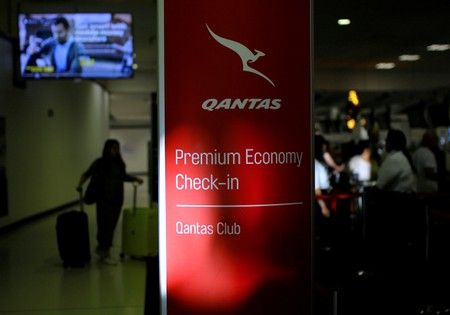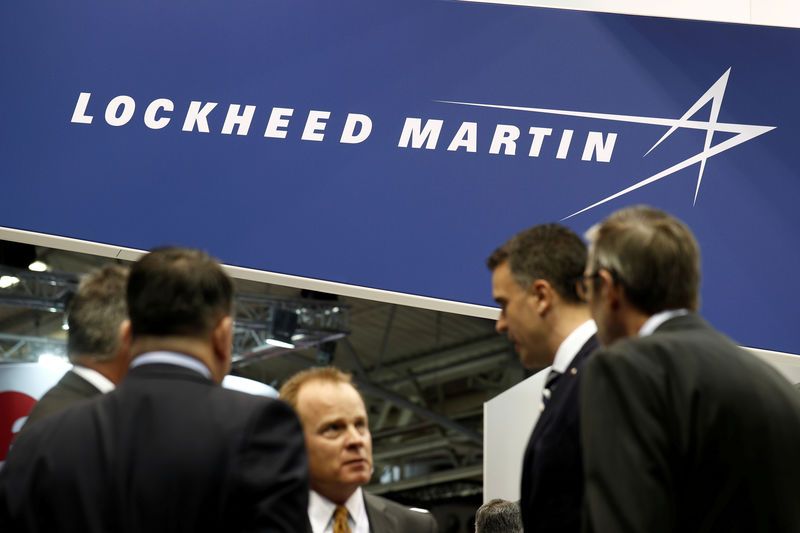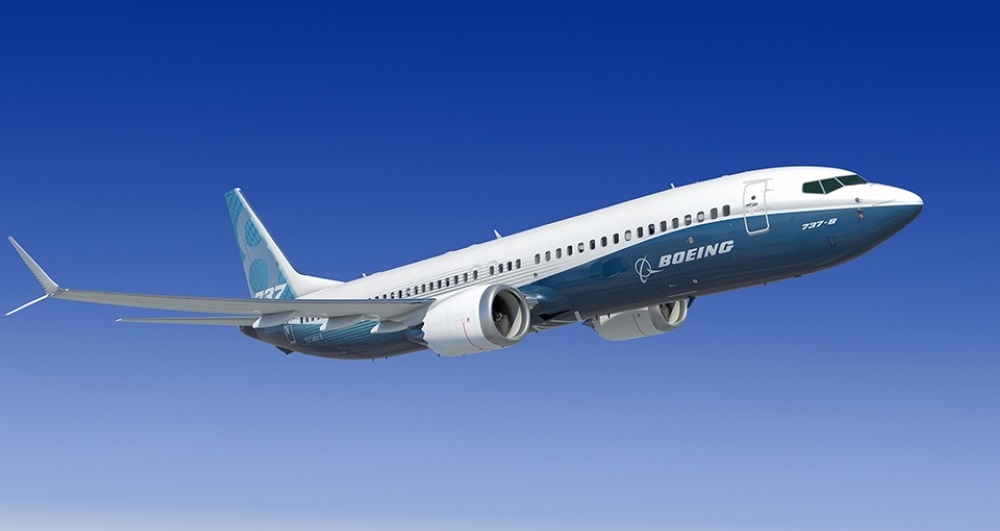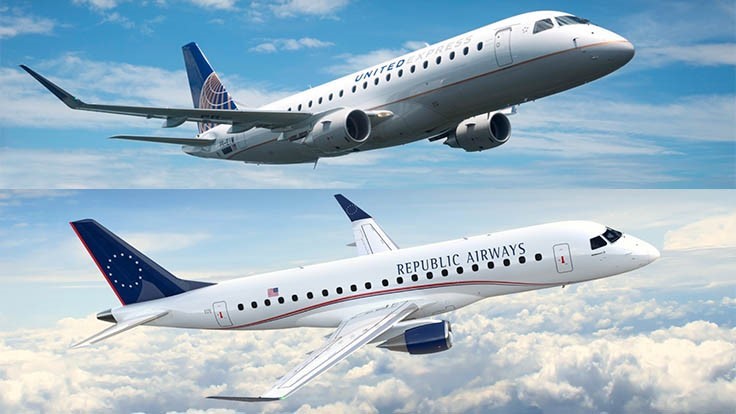- Two new Challenger 350 business jets recently added to L.J. Aviation’s existing fleet of more than 40 aircraft under management
- The Challenger 300 aircraft series continues to outperform the competition as the fastest business jet in history to reach 300 deliveries in the medium and large categories and as the best-equipped aircraft in its class
- With the widest and quietest cabin, smoothest ride and lowest operating costs in its category, the Challenger 350 aircraft delivers an unrivalled experience
Bombardier is pleased to announce that L.J. Aviation, a world-class aircraft flight management and charter aircraft company, has expanded its fleet with its latest addition of two industry-leading Challenger 350 aircraft. The high-performing Challenger 350 business jets join the company’s existing fleet of 40 aircraft and are available for charter in the Mid-Atlantic States.
“We are thrilled to receive our Challenger 350 aircraft,” said Ed Kilkeary Jr., President, L.J. Aviation. “It delivers everything we want in a business jet: outstanding performance, a comfortable and productive environment, and advantageous operating costs. The Challenger 350 aircraft is a sound investment that will make the most of our passengers’ time.”
Extending its offering with two new industry-leading Challenger 350 business jets, L.J. Aviation currently manages and operates five Challenger 300 series business jets, one Challenger 604 aircraft and a Global 5000 aircraft.
In the last decade, the Challenger 300 aircraft series has accounted for more deliveries than any other business jet platform in the industry. The Challenger 350 aircraft builds upon this remarkable legacy of leadership and continues to take centre stage in the super mid-size segment.
“We are proud of our long-standing relationship with L.J. Aviation, and we are extremely pleased that they have added two Challenger 350 aircraft to their fleet,” said Peter Likoray, Senior Vice President, Worldwide Sales and Marketing, Bombardier Business Aircraft. “This business jet is world-renowned as the leader in the super mid-size segment, and with good reason. A stunning cabin, smooth ride and exceptional value proposition all make the Challenger 350 aircraft an ideal choice for customers.”
With a true full seats, full fuel, 3,200 nautical mile range, the Challenger 350 aircraft is an efficient and reliable business tool with proven performance. Delivering comfort without compromise, the Challenger 350 jet was recently recognized by Robb Report Magazine as the Best of the Best super mid-size aircraft for the second consecutive year.














